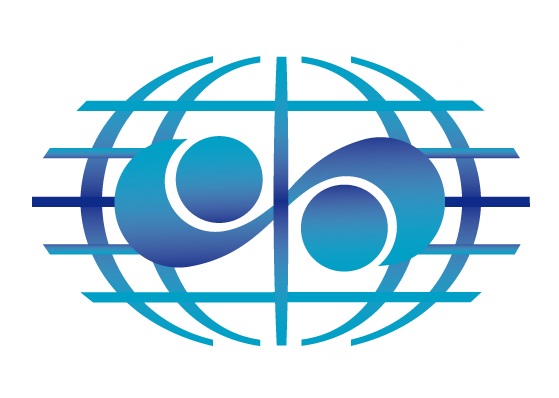Water information systems for reporting (SDG, WFD, Flood Directive, etc.)
(drinking water and sanitation, irrigation, hydroelectricity, groundwater, etc.)
Key points
- The adoption of global or regional programmes in the water sector such as the one related to SDG6 or the WFD requires periodic data reporting;
- Information systems linked to national water and or sectorial information are used for preparing and communicating the required indicators
The implementation of global or regional programmes or policies generally requires periodic data reporting by different stakeholders on status, progress and/or measures implemented at their level.
This is particularly the case in the water sector for:
- SDG6, dedicated to water and sanitation within the framework of Agenda 2030;
- The European Water Framework Directive and its daughter directives (Flood risks, bathing water, urban waste water, etc.);
- etc.
Specific information systems are often used for preparing and communicating the required indicators. The related tools for data access, indicator processing and diffusion are more efficient when linked to national water and sectorial information. They are sometimes integrated into national water information systems.
Case of SDG6 reporting
The international community as a whole, regional institutions, and groups of states have established over the years a number of mechanisms at regional and global level for the collection of water-related data and information for purposes ranging from supporting navigation, to monitoring and preventing pollution, protecting the environment and supporting sustainable development. The required parameters to be measured and the frequency of the reporting vary widely according to the intended purpose of the process.
Of particular relevance in this context is the adoption by the UN general Assembly of the Agenda 2030 and the related Sustainable Development Goals, especially SDG-6 on water and sanitation and its related targets:
- Achieve universal and equitable access to safe and affordable drinking
- Achieve access to adequate and equitable sanitation and hygiene for all
- Reduce the proportion of untreated wastewater and substantially increasing recycling and safe reuse globally
- Increase water-use efficiency across all sectors and ensure sustainable withdrawals and supply
- Implement integrated water resources management
- Protect and restore water-related ecosystems,
- Expand international cooperation and capacity-building support
To meet the monitoring and information needs of the 2030 Agenda, the Integrated Monitoring Initiative for SDG 6 has been launched by UN Water, building on and expanding the experience and lessons learned during the MDG monitoring and reporting period. All of the custodian agencies of the SDG 6 global indicators have come together under the Initiative, which also includes the work of WHO/UNICEF Joint Monitoring Programme for Water Supply, Sanitation and Hygiene (JMP), the inter-agency GEMI and UN-Water Global Analysis and Assessment of Sanitation and Drinking-Water (GLAAS).
The objectives of the Integrated Monitoring Initiative are to:
- Develop methodologies and tools to monitor SDG 6 global indicators;
- Raise awareness at national and global levels about SDG 6 monitoring;
- Enhance technical and institutional country capacity for monitoring;
- Compile country data and report on global progress towards SDG 6.
Illustrating the importance of monitoring progress towards the Sustainable Development Goals (SDGs), the UN Deputy Secretary-General Jan Eliasson said that data are the “lifeblood of decision-making and the raw material for accountability”,
Case of WFD reporting
The WFD incorporated into a legally binding instrument the key principles of integrated river basin management:
- A participatory approach in planning and management at river basin scale.
- Consideration of the whole hydrological cycle and all pressures and impacts affecting it.
- Integration of economic and ecological perspectives into water management.
It also introduced a number of key principles into the management and protection of aquatic resources:
- An integrated planning process at the scale of river basins, from characterization to the definition of measures, to reach environmental objectives;
- A comprehensive assessment of pressures and impacts on, and status of, the aquatic environment, including from an ecological perspective;
- An economic analysis of the measures proposed or taken, and the use of economic instruments;
- An integrated water resources management principle that encompasses both environmental objectives and objectives of water management and related policies;
- Public participation and active involvement in water management.
In relation with the WFD, WISE is used as a depository and various tools are made available to facilitate reporting. However, countries have to prepare datasets for this reporting using common data dictionaries and tools.
Article 18 of the WFD requires the European Commission to publish assessment reports on the implementation of the Directive and to submit them to the European Parliament and to the Council. The assessment is based on information reported by Member States, comprising published RBMPs and accompanying documentation required according to Article 15, electronic reporting through the Water Information System for Europe (WISE) in predefined formats agreed by the Water Directors, and any additional, supporting background documents that the Member States consider relevant.


